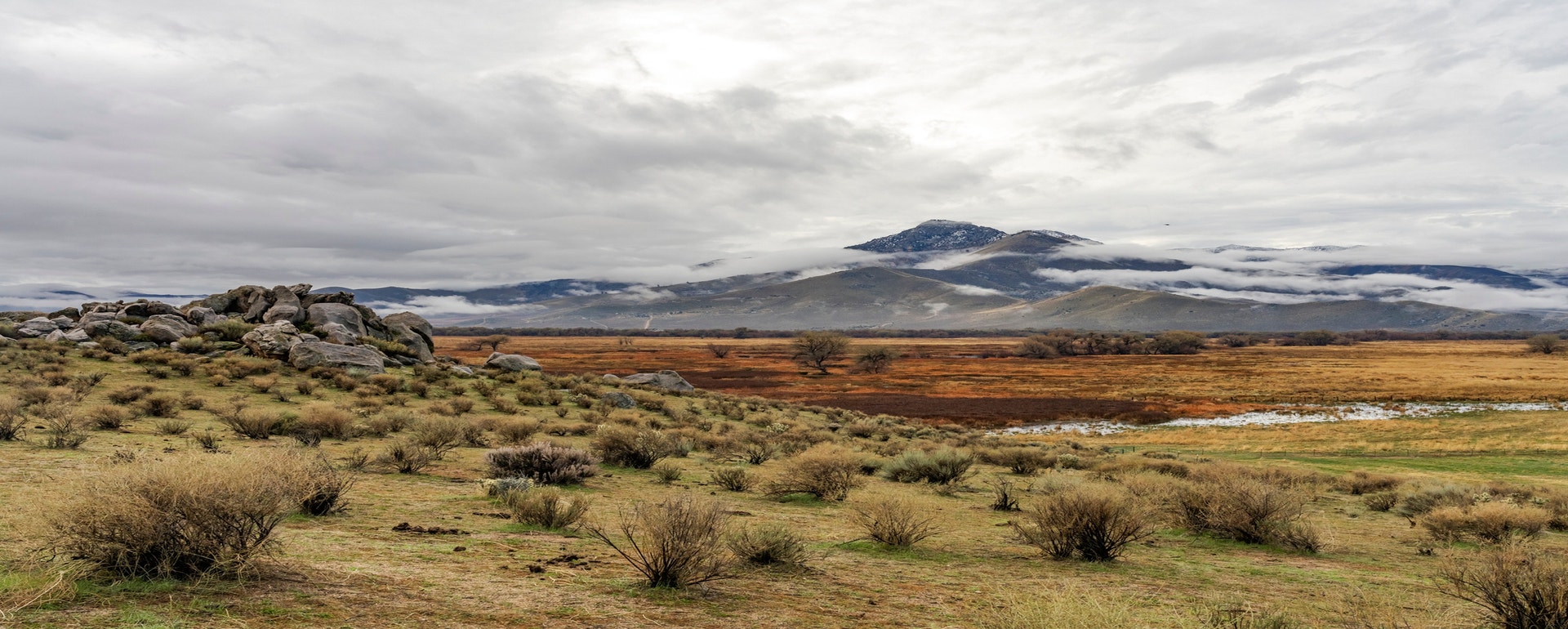
Kern River Preserve
Weldon, CA 93283
Closed Today
Located in California’s Southern Sierra Nevada, the Kern River Preserve protects one of the largest remaining riparian forests in the state. These rich river woodlands provide food and shelter for hundreds of bird species and help sustain the South Fork Kern River’s delicate ecosystem.
The preserve is a designated Globally Important Bird Area—one of the first ten in the United States. Over 330 bird species have been recorded here, and more than 200 nest onsite, including the Yellow-billed Cuckoo, Summer Tanager, and Willow Flycatcher. Audubon California, working alongside partners, has helped protect over 60,000 acres across the region, enhancing habitat for wetland and cottonwood forest species.
Comeback Cuckoo: Baba Ghanoush Returns to Audubon Kern River Preserve in California

While we welcome the return of natural flows, the river has dramatically shifted course toward our facility. We are working to relocate public access to a more resilient site. In the meantime, visitors can enjoy the river forest from Fay Ranch Road and the South Fork Wildlife Area.
Get Audubon in Your Inbox
Let us send you the latest in bird and conservation news.



